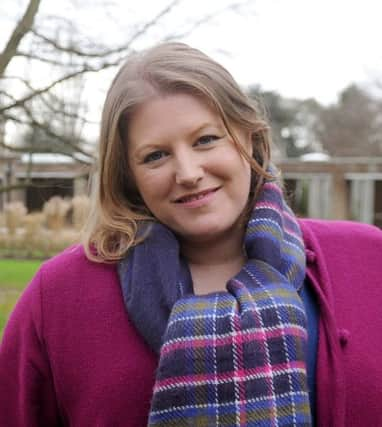Victorious Festival '˜has helped rebuild Portsmouth as up and coming UK destination'


That’s the view of council leader Donna Jones as she welcomed a report revealing the huge economic boom the music spectacle has had.
Cllr Jones said: ‘A number of things have happened in Portsmouth over the past two years to aid regeneration, increase employment and rebuild Portsmouth as an up-and-coming city in the UK.
Advertisement
Hide AdAdvertisement
Hide AdOne of the main contributors of that is Victorious Festival.
‘The economic impact of Victorious on the city is fantastic.’
Thirty-six per cent of visitors visited a pub, bar or restaurant and 31 per cent visited cafes.
Overall, non-residents liked the city as a place to visit – 80 per cent rated it positively – with a quarter rating it as excellent.
Advertisement
Hide AdAdvertisement
Hide AdTony Brown, chairman of The Southsea Association, said: ‘It’s well organised, and just the sort of thing that the town needs.
‘The retailers and convenience stores were packed. I am sure the pubs and restaurants benefited as well.
‘On the Sunday night down Palmerston Road, there were people having an excellent time.’ While 45 per cent of visitors now have a better perception of the city, this is a drop of 10 per cent from 2014, and the report says more must be done to encourage reasons to return.
It says: ‘...although these are very positive findings, they do represent a slight drop in positivity from 2014, so ongoing efforts are needed to ensure the festival encourages and promotes reasons to return to Portsmouth.’
Advertisement
Hide AdAdvertisement
Hide AdAlmost half – 46 per cent – came to the festival by car, a four per cent increase from 2014. About a third walked part of the journey, while 19 per cent used public transport; and 10 per cent used the train, a decrease of 6 per cent from 2014.
Visitors aged 24 and under were the most likely to travel by train – 20 per cent – and the least likely to be driving – 35 per cent.